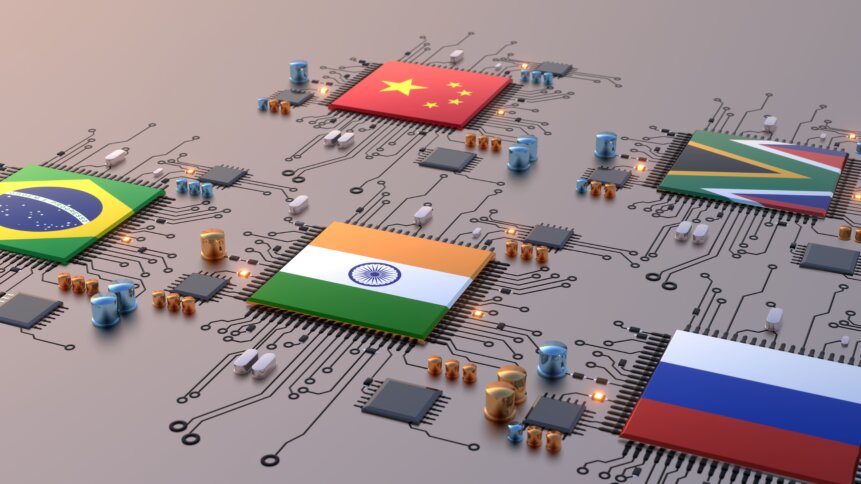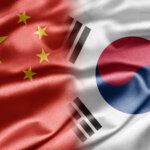Semiconductor nationalism is not necessarily a bad thing, says SEMI CEO

• Increasing tensions have led to an upturn in semiconductor nationalization.
• SEMI CEO says that could be good for the supply chain.
• Very few shallow down cycles in semiconductor industry predicted.
The last three years have seen disrupted supply chains – especially in chip manufacture and supply – due to the pandemic, extreme weather events, and rising geopolitical tensions, exposing the fragile networks underpinning the semiconductor industry. The pandemic also revealed how indispensable the chip industry is in our daily lives, causing competition for technological supremacy between nations, especially China and the United States.
Unfortunately, neither the two great powers nor any other nation is independent enough to sustain a semiconductor supply chain. So for many, self-sufficiency is an excellent point to begin with, although it comes with risks. But to Ajit Manocha, President and CEO of SEMI, ‘chip nationalization‘ should not be frowned upon.
“You call it nationalization; I call it chip supremacy. Countries have learned their lesson – that they need to have more self-reliance on semiconductors in their country,” he told Tech Wire Asia (TWA) on the sidelines of the recently-concluded SEMICON Southeast Asia in Penang, Malaysia.
Manocha was asked how “chip nationalization” by governments worldwide impacts the market. For context, the pandemic has led to the recognition by major global powers that semiconductor manufacturing is increasingly a strategic imperative. “So that’s why it has become a national strategic agenda for many countries. And I think, at the same time, I call it a blessing,” Manocha said.
Chip nationalization is when countries with chip capacities try to ensure that they tie up supplies and stocks for their own requirements first. Simply put, it is governments’ attempt to onshore semiconductor supply chains entirely or build a semiconductor supply chain of politically allied countries.
“Because if the industry is going to grow to US$1 trillion, it’s okay to have more multiple hubs and create more redundancies in the supply chain,” he added. “So if more semiconductor hubs are built in more countries, that’s probably a good thing, as that will make us less dependent on just a few hubs.”
Manocha believes the move to create multiple hubs will lead to a more distributed supply chain. “That’s why I’m all for growth in Southeast Asia,” he told TWA. As SEMI–the global industry association that unites electronics manufacturing and design supply chain–has reiterated since the pandemic, the semiconductor sector worldwide is forecasted to reach a revenue of US$1 trillion by the end of this decade.
As of 2022, the industry’s revenue was slightly below US$600 billion. “Maybe it’ll be in 2031 or 2032, but not 2040. It’ll be sooner than later because the demand for semiconductors is unprecedented. AI is also fueling the growth, which will need more hardware. AI will broaden the scope of the semiconductor applications on chips beyond anybody’s imagination,” he noted.
He even noted that the rise of quantum computing, which Manocha said “is just around the block,” will fuel the industry further. “So I don’t see any reason to think the semiconductor industry will have any steep down cycle. Yes, we’ll have some corrections here and there, but I think we’ll be witnessing steeper up cycles and probably very few shallow down cycles,” he emphasized.
Semiconductor rivalry between the US and China
The US enactment of the CHIPS and Science Act signals a new era in international trade and geopolitics. The statute, passed by Congress last year but yet to be enacted, is aimed at countering and containing China’s techno-nationalist ambitions and preserving the US lead in key tech industries.
“Our philosophy is evident that for all policy matters, we bring the industry voice to the policymakers worldwide and help them understand what will create a barrier for the industry. Our motto is a pro-global supply chain, pro-industry, and pro-multilateral policies. As for the tensions like the US-China ones, those are creating a change in the semiconductor industry landscape. But more than the landscape is changing,” Manocha concluded.










